 Alice Baron
Alice Baron
Discovering Santa Margherita del Gruagno
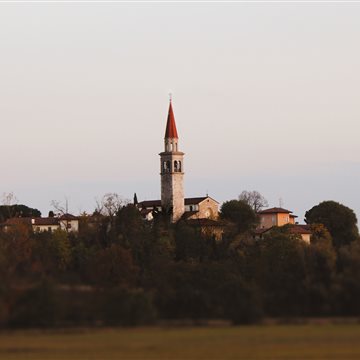



In the early 1940s, the farm had 7 to 8 shepherd and about 3,000 sheep grazing from Grado to Mount Nanos, now in Slovenia. During the Second War, the great-grandfather had to sell the sheep: there was too much risk of theft. After dedicating a few years to cattle breeding, he decided to return to his old passion, bought some sheep and dedicated himself once more to sheep.
Now the flock has about 167 sheep... I did not count all of them, I trusted what I was told.
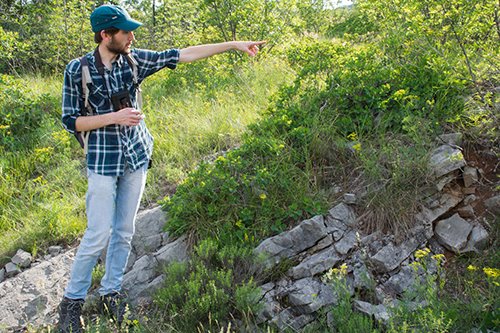
There are both Sardinian and Karst-Istrian sheep. The aim is to have 200 native sheep to preserve the ecosystem of the Karst heathland. Because here it is grazed in a traditional way: every morning and afternoon the shepherd brings the flock to pasture. The sheep select the grass and each day a new pasture is chosen to allow the grass grow. At the end of the summer you can walk up to 8 hours a day to find a suitable meadow for the sheep!
Domen, the nature guide who accompanied us along the way, showed us the characteristic plants and flowers of the Karst. The young shepherd, Omar, answered all our curious questions! And the sheep? They joined in our conversations with their baaing!
This experience, for small groups of up to 10 people, is offered on Saturdays in spring and autumn (on request during the week). A fee is paid and includes a walk with a nature guide and a tasting of local produce.
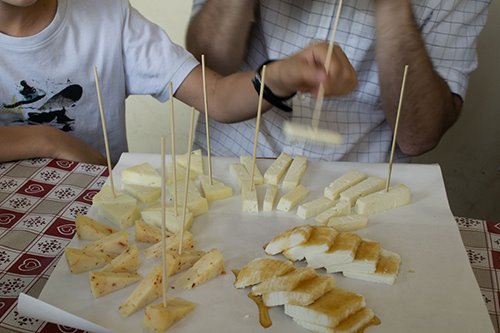
Andrea’s sheep are all kept for their milk which is used to produce the excellent pecorino cheese that I enjoyed at the end of the walk, accompanied by a glass of great malvasia and some slices of really exceptional mutton salami!
After so much walking, this refreshing break was really welcome.
Find out about the ideas and offers for this experience in Friuli Venezia Giulia

 Alice Baron
Alice Baron

 Marina Del Colle
Marina Del Colle
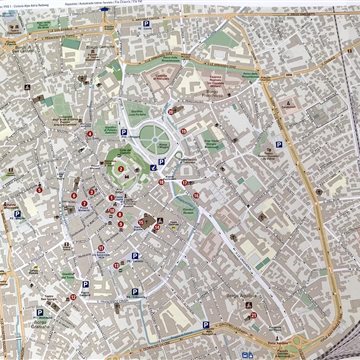
 Francesco Nguyen
Francesco Nguyen
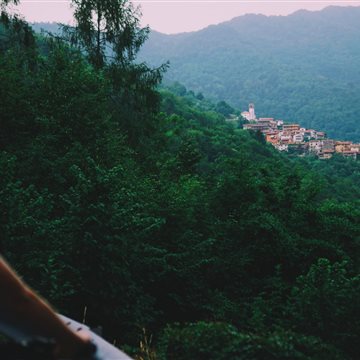
 Michele Angelicchio
Michele Angelicchio